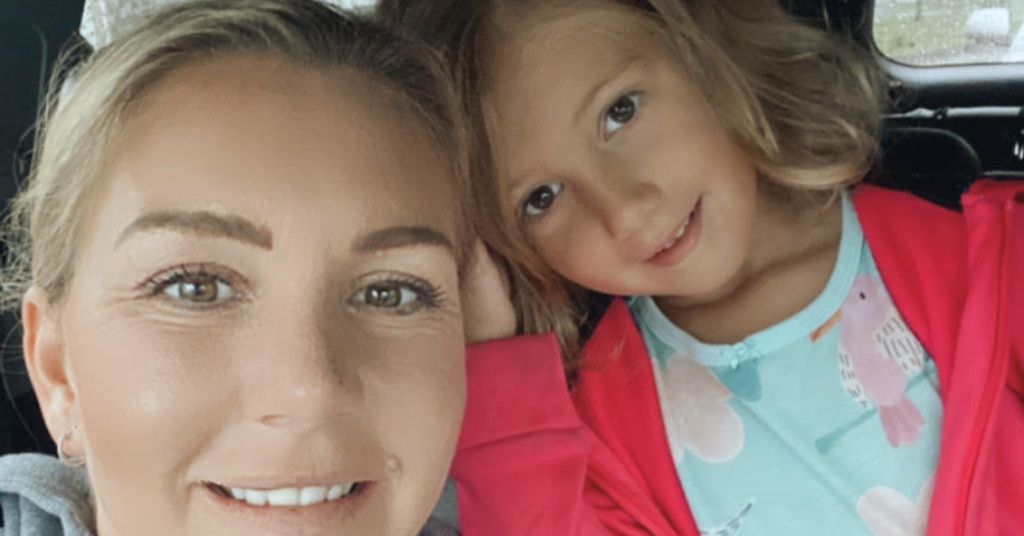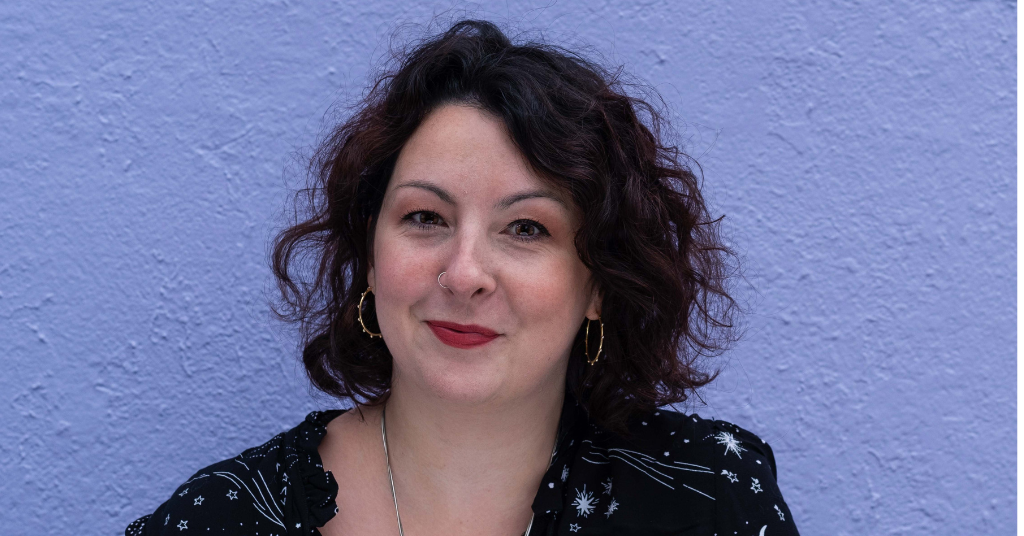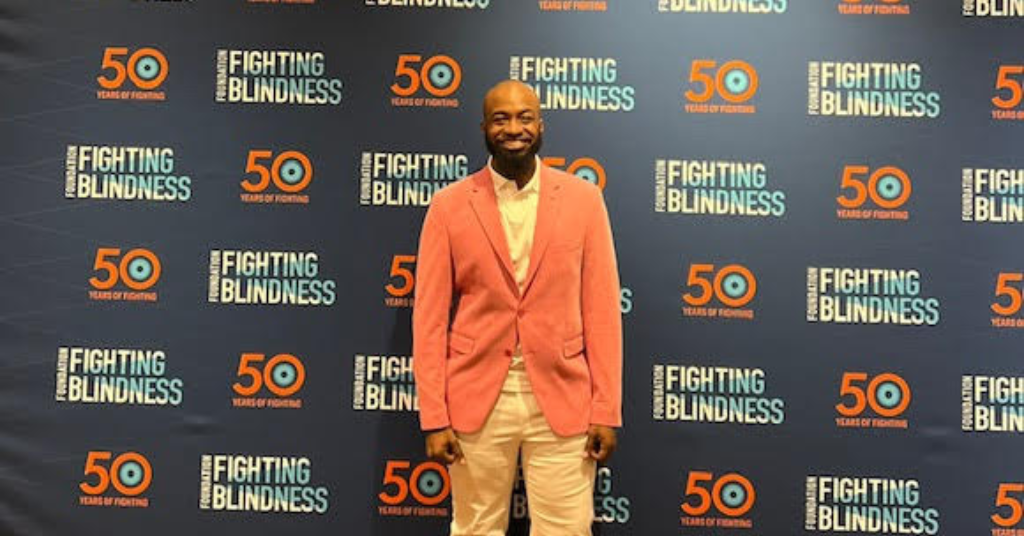
Deaf representation is lacking. This is why it matters
September 26, 2019
Can herbs help with hearing loss?
September 30, 2019This mom was inspired by her son to write a children’s book about hearing loss

Illustrated children’s books are special to Angeliki Pedersen. They helped her learn English when she immigrated at age 24 from Greece. And when her second son was diagnosed with hearing loss, they became her greatest tool in teaching him language. Now she’s written one of her own, a children’s book about hearing loss.
Beginning
When Pedersen moved to the U.S., she started learning English by reading children’s books.
“The art in the illustrations blended with language had a magical effect on the expansion of my vocabulary,” she says. “I was also infatuated with the public libraries in this country, especially the children’s sections.”
Pedersen’s son Alexi was diagnosed with hearing loss at age three. He suddenly lost his remaining hearing at the age of 12, when he received a cochlear implant. In his early education years, mother and son read countless children’s books.
“My love for children’s literature got another dimension [as the books] became a tool for teaching and learning language,” she says. “The identification of images and unfamiliar concepts enriched not only my son’s vocabulary but mine as well.”
At the beginning of each elementary school year, Pedersen visited her son’s classroom to talk to his classmates about hearing loss and his hearing devices. She passed out written materials to facilitate better communication, connection, and engagement with the teacher and students.
Inspiration for writing the book
Pedersen always wished her son could have a nice book to share with his classmates, with the appropriate information about deafness. “A dream book, an introduction to hearing loss, and an imaginary little hearing dog to assist him,” she says she envisioned. “A book like mine!”
Motivation also came in the form of Pedersen’s older sister, a Greek poet and writer. Once her boys finished their schooling, Pedersen was able to work on the book. While she entertained the thought of writing the book in English, her native Greek won. She wrote the book in Greek rhyme in less than a month.
In 2006, the Department of Deaf Studies at the University of Patras in Greece evaluated her script and invited her to present it at the annual conference. They planned to support publishing the book and use it for elementary teacher workshops. Unfortunately, due to economic difficulties in Greece, this plan never materialized. Pedersen self-published the book in 2011, printed 100 copies, and donated them in Greece.
Read more: Mom writes children’s book about hearing aids: Max and His Hearing Aids
Children’s Book About Hearing Loss
Translating the Greek rhyming into English was Pedersen’s nemesis. It’s why she delayed for 14 years to produce the book in English. Alexi helped with the initial translation to English. Pedersen later got more translation help from a friend. With the self-publishing company’s editing, she was able to get the English translation finished and printed. In February 2019, she self-published through AuthorHouse Publishing Company. The book was chosen for a list of recommended books by a non-profit organization, Multicultural Children’s Books Day, in their 2020 classroom kit. The book is available on AuthorHouse.com, Amazon, and Barnes & Noble’s website by print-on-demand.
Entitled The Secrets Hidden Beneath the Palm Tree, the book is narrated by Angelia, who befriends a classmate named Jacob, a hearing-aid wearer. She – and the reader — learn about the world of hearing loss through him. Important terminology like audiologist, cochlear implants, speech pathologist, and lip-reading is defined. Jacob’s hearing ear dog Biscuit is also introduced. The kids learn how to help Jacob, and in return, he feels stronger and more confident.
“My journey in writing this book has been cathartic for me,” Pedersen says. “It is truly the epitome of my love for children’s literature and the need to funnel my experience as the mother of a deaf son. I believe that other parents will be helped by using the book. Most of all, I am hoping to give joy to each child who encounters hearing loss at a young age, whether it’s their own or someone else’s.”
“I am hoping to give joy to each child who encounters hearing loss at a young age, whether it’s their own or someone else’s.”
The audience, both young and old
Pedersen’s ultimate goal is to introduce facts about hearing loss to young children in a fun way and nurture curiosity for further discussions. She omits talking about assistive technology in the book because technology changes so rapidly. Each child’s hearing needs are unique. She hopes that multidisciplinary teams in schools will supplement with their knowledge.
The most positive feedback Pedersen has received was from a family in Crete. A child with hearing loss brought the book to his first grade class. The teacher happily spent a lot of time working and explaining all the concepts to the kids.
Because the population most affected by hearing loss is older people, Pedersen anticipates that grandparents will enjoy sharing the book with their grandchildren. She also hopes that the book will find its way to libraries, schools for the deaf, organizations that support hearing loss, pediatricians, and other professionals and healthcare providers.
A Son’s Perspective
While the book was inspired by Alexi, he says “inspired by me” is the key phrase. His real-life interactions were much tougher than his mother’s idyllic portrayal of friendships between children.
“In my experience, most of the other kids did not have the patience to communicate with me the way I needed them to,” he says.
A lot of what Pedersen portrayed is the ideal situation for a deaf child, her son says.
“I wish the help the child received in the book was the minimum standard!” he adds. “My hope is that the book can be used by any person in the child’s life to help them understand how to communicate better with a deaf child, whether it be a parent, siblings, teacher, or friend. It would be great if every deaf child had this book in their hands and could say, ‘Here, read this book and get back to me!’”
What would you like to see in a children’s book about hearing loss?




